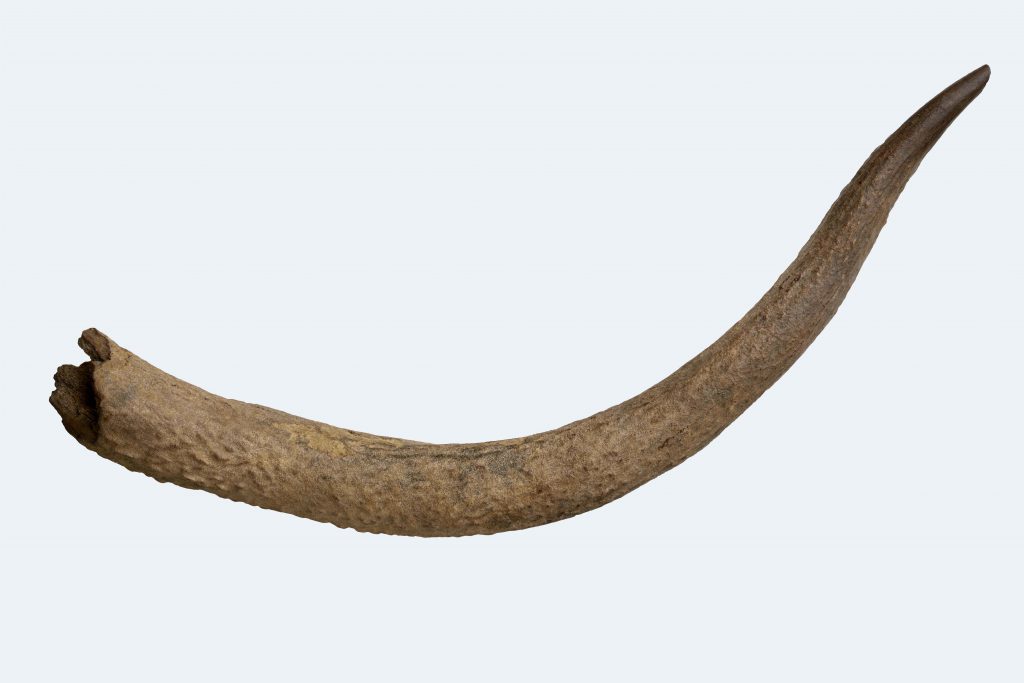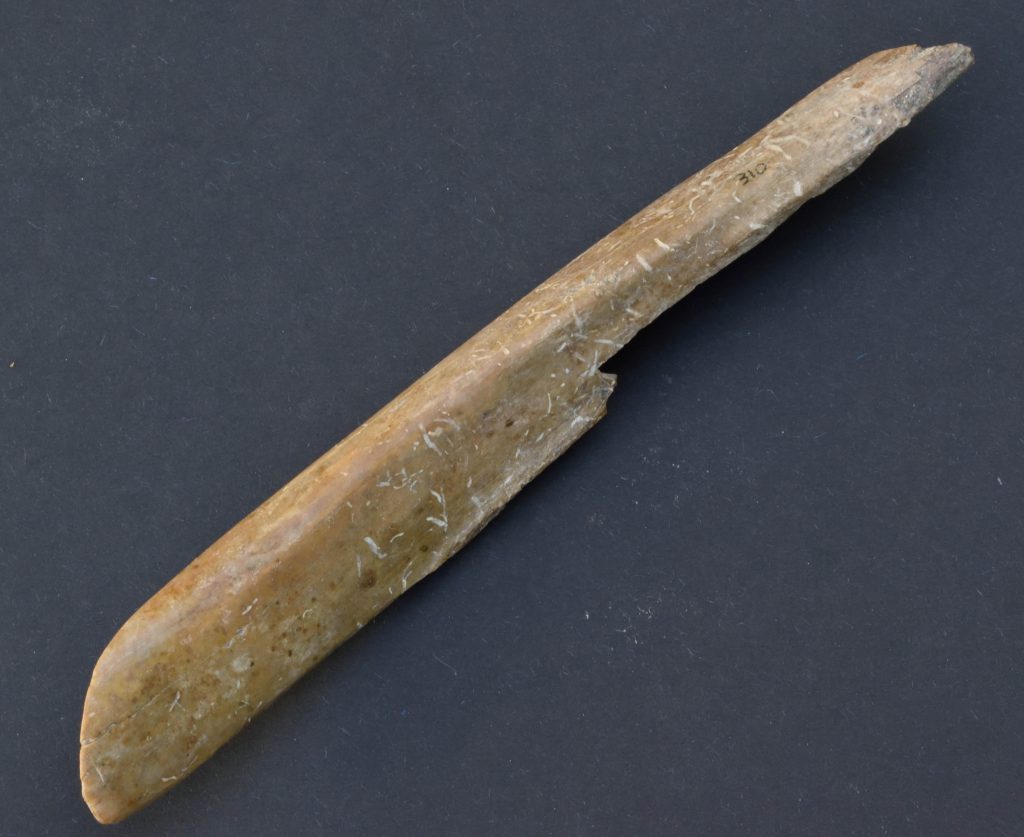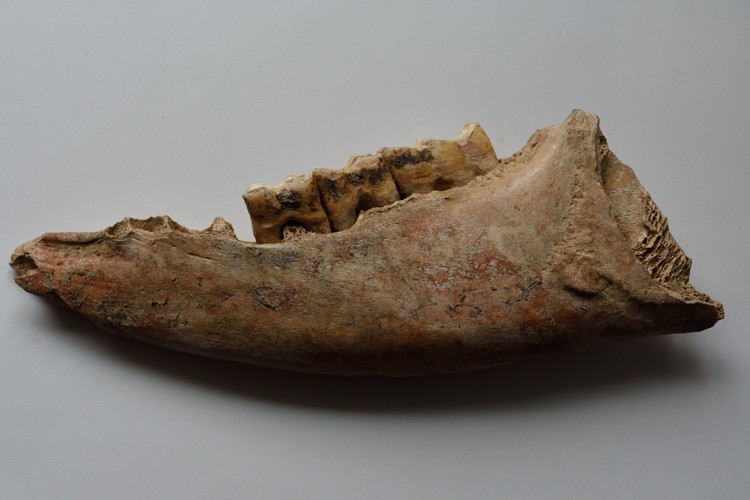
I love engaging people with the past by using objects. I guess this is partly my background in archaeology – it is hard to recreate that feeling you get when you first excavate something and realise that you are the first person to have touched that item for hundreds or thousands of years, but the look on child’s face when you tell them that the Roman artefact that they are holding is nearly 2000 years old comes close.

Picking up and handling objects is hugely evocative. To be able to feel wear marks created by another human being or fit your fingers into fingerprints on a tile creates a tangible link to the past. I’ve never needed to ask people to wear gloves as most artefacts I use haven’t needed that level of protection and I do think touching something with bare hands is important. The feel of an object can help you decode it. The majority of people, young and old, have always been incredibly careful handling artefacts and, in over 25 years of facilitating handling sessions, I think fewer than five things have been accidentally broken – none of which really mattered.

So how do we adapt to a pandemic? Schools are now talking about each child having their own pack of arts and crafts material as they want to reduce the number of items to be passed around. If a teacher isn’t happy with children sharing a glue stick is there a way to provide handling objects for a class to use which will be handled and not put on a shelf with a label ‘look don’t touch?’
If we start to think what excites children about objects then perhaps we can look at providing enough handling objects for a whole class. I think the items I have taken into schools that have most fascinated children are things we might consider mundane. Animal bones and in particular teeth, or even better jaws with loose teeth, are marvelled at and broken bits of pottery examined in great detail. These items have been drawn, weighed measured and speculated about and stories created with them at the centre.

Usually when working with a class I emphasize teamwork and objects are passed around and discussed. If we look at sending a quantity of objects into a class rather than focusing on a small number of higher quality items then each child can have an object to focus on. They can spend time examining it, talk about it, describe it, draw it, photograph it and tell the rest of the class about it. The class can cooperate by creating stories combining their objects without needing to share them physically. In this way children still get that link to the past, the fascination of picking up something ‘really old’ and teachers can easily incorporate this into their Covid risk assessments.

This does rely on being able to find around 30 items to send, but by looking at a wide range of potential objects and not just cherry-picking many museums and archaeological units can find pot sherds, pieces of burnt flint and animal bones in quantity. Let’s face it – it’s the reality of what we actually find and I promise you that if you can find two potsherds that fit together you will have created one of the most engaging handling objects possible.

